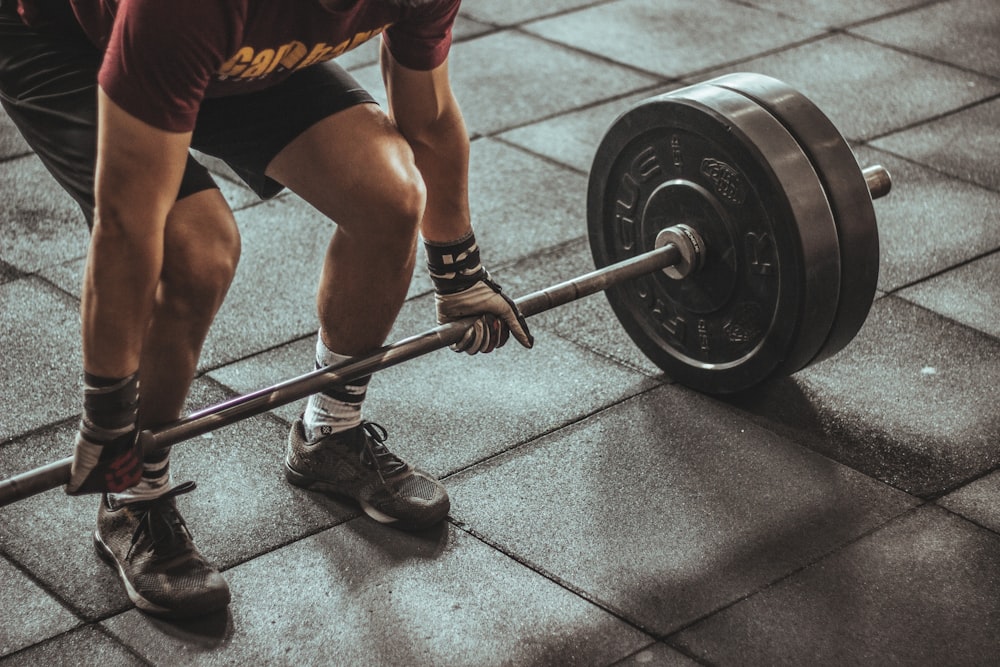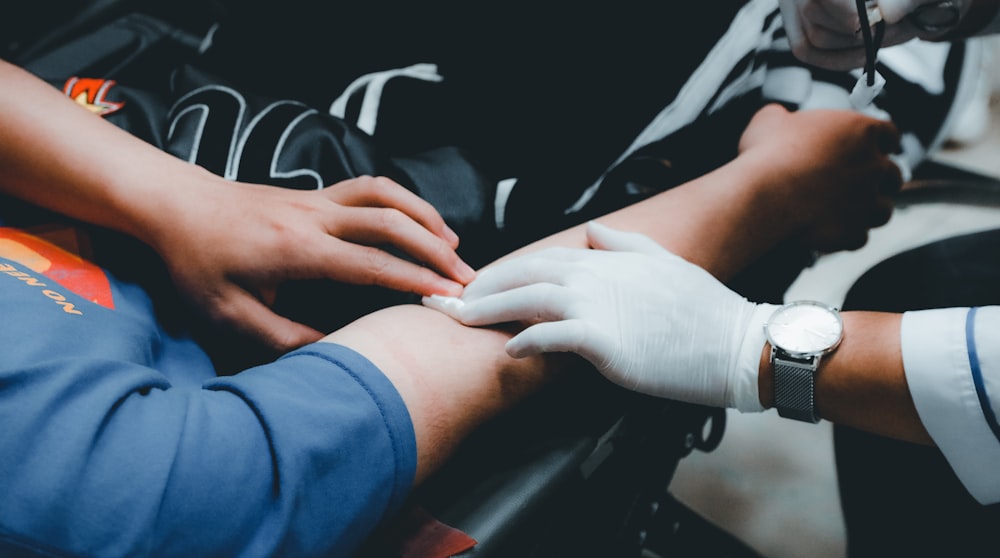Skates and Sticks: The Artistry and Intensity of NHL Hockey

NHL is renowned for its fast-paced action, aggression, and skillful play and exhibits the originality and passion of the game. The players practice a lot and undergo a demanding training schedule to perform at their optimum level. Players prepare for the NHL long before they skate for their first professional match. Aspiring hockey players devote many hours to improving their skills, athleticism, and sense of the game. The training regimen mixes off-ice workouts, fitness drills, and mental conditioning with ice practice.
NHL ice practice sessions are an essential component of the curriculum. Players train several aspects of their game, including stick handling, shooting, passing, and defensive positioning. Coaches and trainers assess each movement and provide feedback to help athletes hone their skills. By placing equal focus on individual development and team strategies, these team-building activities create the unity necessary for success on the ice.
Skills Development: Skating, Stickhandling, and Shooting
Hockey is a game of skating, and NHL players work hard to perfect the skill of floating smoothly across the ice. Skating drills are frequently used with other exercises to improve muscle memory and recreate game-like conditions. Another essential skill that NHL players need to perfect their stickhandling. For an offense to succeed, the puck must be controlled while moving around opponents. Players practice maneuvers that emphasize agility, deception, and puck control. They practice moves like toe drags, dangles, and rapid stick movements to trick defenders and open scoring chances. Individual and small-group stickhandling workouts improve flexibility and creativity on the rink.

source - https://www.nhl.com/flyers/news/getting-a-head-start-on-training-camp--philadelphia-flyers/c-335475420
Shooting accuracy and power are crucial for NHL players, as goals determine the outcome of games. Players spend extensive time perfecting their shooting technique, focusing on wrist shots, slap shots, and snapshots. They work on generating power through proper weight transfer, flexing the stick, and releasing the shot with precision. Shooting drills often involve rapid-fire repetitions to simulate game situations requiring split-second decisions.
In the NHL, effective team play requires both passing and receiving. Cross-ice feeds, touch passes, and saucer passes are just a few passing maneuvers players practice. Accuracy, timing, and teammate communication are stressed during these exercises. Players also practice receiving passes accurately and rapidly, gaining possession of the puck with their bodies, sticks, and skates. Well-executed passes advance the offense and create scoring opportunities.
Team Play and Defensive Strategies
In NHL training, defensive stance and strategies are equally crucial. The players practice stick-checking well, maintain gap management, and anticipate plays. In defensive drills, the emphasis is on using the right body position to angle opponents and obstruct passing lanes. NHL defensemen are taught to act quickly under pressure, save shots, and support their goalies fiercely. NHL players place similar importance on off-ice training. Training for strength and conditioning is essential to improving physical qualities, including speed, agility, endurance, and power.
Players engage in weightlifting, aerobics, plyometrics, and core training to increase strength and boost overall athleticism. They can endure the demanding nature of the game and play at their best throughout the full season because of this intense conditioning.
source - https://unsplash.com/photos/vqDAUejnwKw
For NHL players, weightlifting is a crucial part of their off-ice conditioning. They focus on exercises that target major muscle groups, including squats, deadlifts, bench presses, and shoulder presses. The goal is to build functional strength, improve explosiveness, and prevent injuries. Strength and conditioning coaches and players collaborate closely to create individualized programs that cater to each player's unique demands and objectives.
Off-Ice Conditioning: Strength, Cardiovascular Fitness, and Mental Preparation
Cardiovascular fitness is essential in hockey, as the game requires bursts of intense activity. Players engage in high-intensity interval training (HIIT) to improve their cardiovascular endurance and anaerobic capacity.HIIT workouts consist of brief, intense bursts of activity interspersed with swift rest intervals. By using this training technique, players are better able to recover rapidly in between shifts and keep up a high level of performance all game long.
Off-ice training includes plyometric workouts to improve agility and explosive power. Quick, explosive movements, such as box jumps, lateral jumps, and depth jumps, are a part of plyometric training. These exercises improve players' ability to accelerate, change direction rapidly, and generate power in their skating and shooting.
source - https://unsplash.com/photos/ufwC2cmbaaI
Visualization exercises involve mentally rehearsing game situations and envisioning successful outcomes. Players visualize themselves making precise passes, scoring goals, and executing defensive plays with precision. This technique helps develop confidence and reinforces positive habits.
Goal setting is crucial for NHL players as they strive to continually improve and achieve their objectives. They set both short-term and long-term goals, such as improving shooting accuracy, increasing ice time, or making the playoffs. Players can track their development and maintain motivation throughout the season by setting measurable goals.
Meditation and relaxation techniques help NHL players manage stress, maintain focus, and enhance mental clarity. Players practice deep breathing exercises, mindfulness meditation, and positive self-talk to center themselves before games and during high-pressure situations. These techniques help players remain calm and composed, enabling them to make sound decisions under pressure.
The Role of Streaming Services in the NHL Fan Experience
Team practices are essential for fostering camaraderie, communication, and cooperation among players in addition to solo training. Players can practice their teamwork, offensive and defensive techniques, and special teams play by participating in exercises and scenarios that coaches have created to imitate game situations. These techniques stress the value of clear communication, confidence, and eagerness on the ice.
Players can reflect on and learn from their mistakes during team practices. Coaches analyze game footage to pinpoint development areas and develop countermeasures for shortcomings. The collaborative environment fosters open communication and a shared commitment to ongoing development.
NHL players have a practice schedule that extends beyond the regular season. Players use the off-season to strengthen their shortcomings, heal from injuries, and get in shape for the upcoming season. Off-season training is just as hard. To improve their performance, many athletes attend specialized camps, work with sports scientists, and engage personal trainers. Their success in the NHL is largely a result of the focus and commitment shown throughout the off-season.
Even though experiencing NHL games live is thrilling, sometimes fans cannot get to the arena. In these cases, free streaming services offer a perfect solution. Fans can conveniently watch the most current NHL games and leagues from the comfort of their home. Sportsurge prides itself in offering free streaming for a plethora of services. To enjoy a variety of NHL Reddit streams and feel the creativity and intensity of the sport wherever you are, check out our website.
Conclusion
TO SUM UP, the NHL is a league that best represents the creativity and intensity of hockey. The players are prepared for the difficult nature of the game through their training regimen, which consists of on-ice practice, off-ice workouts, and mental preparation.
NHL players' ability to combine skill, athleticism, and strategic thinking is evidence of their commitment and effort. Through websites like Sportsurge, fans can fully immerse themselves in the thrilling world of NHL hockey, whether they watch games live or stream them online.

